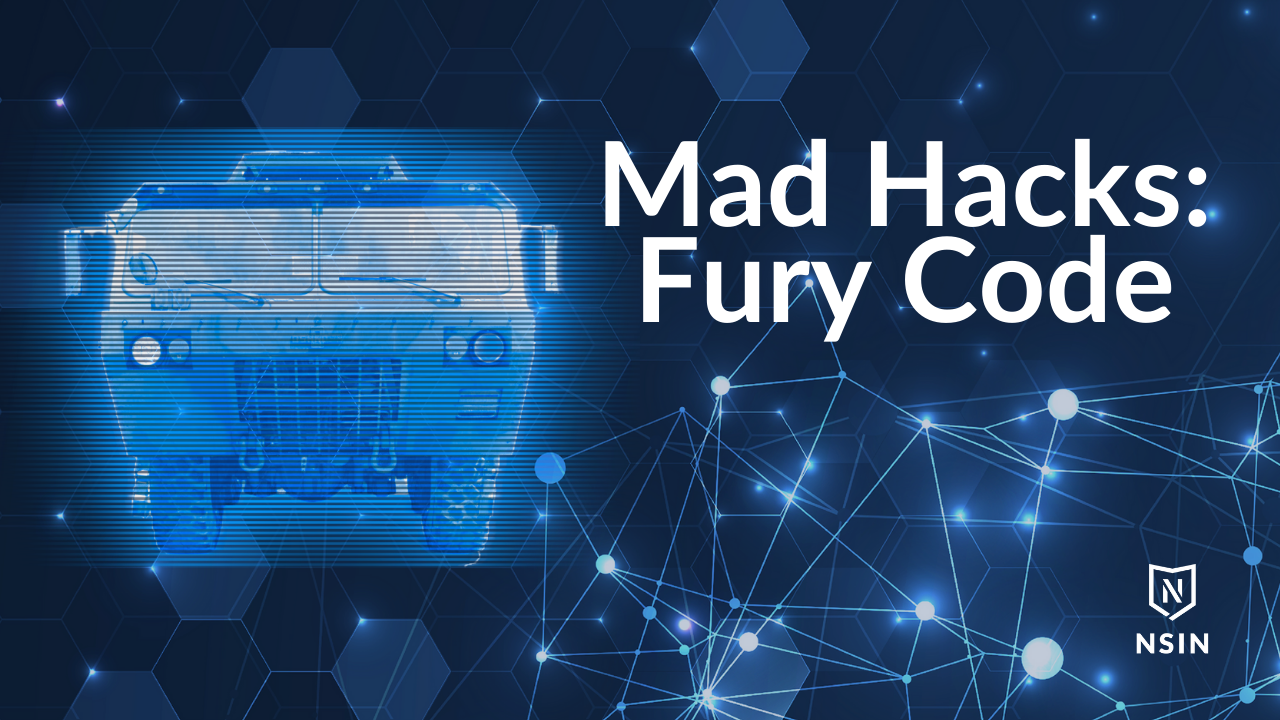National Security Innovation Network addresses broad range of issues including cybersecurity, humanitarian assistance, disaster relief, energy and more
When you hear the term “national security,” what does it conjure up? My guess is that your first thoughts would include fighter jets flying overhead, tanks driving across desert landscapes, and special forces soldiers with painted faces silently moving through dense foliage. What if I told you it was more than that? And what if I also told you that you can help solve national security problems? You can, and I am here to help you get involved.
Late last year, I was presented with the amazing opportunity to return to my alma mater to serve as the inaugural University Program Director at the University of Washington for the National Security Innovation Network (NSIN). NSIN is a Department of Defense (DoD) program office with the mission to reinvigorate innovation within the DoD by tapping into the creative talents and ideas of students, entrepreneurs, startups, and academics around the country.

This opportunity is particularly exciting for me because there were few, if any, opportunities to work on national security related projects when I was a student at UW in the early 2000s. My goal in taking on this position is to fundamentally change that for UW and the wider region.
Humanitarian assistance, disaster relief and more
While fighting wars is certainly a part of national security, it also includes sectors you may not have considered. National security also leads efforts in areas as diverse as humanitarian assistance and disaster relief missions around the world, predictive maintenance and logistics activities, securing critical infrastructure from bad actors, finding new methods of harnessing energy, and enabling the national guard to more effectively work with local first responders during hurricanes and wildfires. The responsibilities of the DoD are broad, as are the opportunities to get involved in solving national security challenges.
This past February, NSIN launched a virtual hackathon (one of many programs that we run) called Mad Hacks: Fury Code to address emerging challenges related to vehicle cybersecurity specifically around countering vulnerabilities in autonomous vehicles. The challenge posed to the participants was: Develop concepts, technologies, or systems to help human-controlled and autonomous vehicles operate through cyber-attacks or other instances of electronic warfare and return to a known good state with or without human intervention. In other words, rather than just preventing a cyber-attacker from breaching the system, create something that can respond to an attack and get the system back to some semblance of working order. This is as much a problem for the US Army as it is for Toyota or Tesla. If teams could create solutions that protected soldiers and equipment in such situations, those systems could also help protect a family from their driverless car being hacked and causing unintended accidents.


Final teams include UW students
Twenty-two teams submitted concepts, nine teams made it to the final round, and two of those final teams included UW students: Base8 and TM Pack. Base8 was one of four winning teams and was awarded $15,000 to continue developing their solution. TM Pack, while not one of the winning teams, developed such a compelling solution that the Army’s Next Generation Combat Vehicle Cross Functional Team (NGCV-CFT, the organization within the Army tasked with identifying capabilities needed for future Army vehicles) requested a briefing to better understand their concept.
Base8 included Ken Lew, a graduate student studying Cybersecurity & Leadership at UW Tacoma, and Shahrzad Fegghi, who recently received her BS in Electrical Engineering from UW Department of Computer Science & Engineering, alongside students from San Diego State University who they met through the hackathon. Their solution leverages blockchain and quantum key distribution alongside emerging communications technology, including 6G, to create secure vehicle-to-vehicle communications. This capability will allow vehicles to secure each other against cyber-attacks and provide known baseline states for a compromised system to revert to. Base8 will continue developing their solution with NSIN and is currently participating in a pilot program to help pre-venture teams evaluate the potential of forming a company around their capability.
TM Pack also had two UW students: Chris Yin, a UW Tacoma undergraduate studying Information Technology, and Kcee Landon, a UW Seattle undergraduate studying Computer Science. They teamed up with two graduate students from the Naval Postgraduate School they also met through the hackathon. TM Pack’s solution takes a multilayered approach to securing and recovering compromised, autonomous vehicles. The solution relies on the use of virtual machines for vehicle operating systems, two-factor authentication to initiate a recovery mode, and a leader-follower recovery drone to bring the compromised vehicle back to a collection point. TM Pack’s solution caught the attention of the Deputy Director for the Army’s NGCV-CFT who requested they brief a wider group of his team to evaluate both the policy and technical implications of the solution for adoption by the Army.
How to become a national security problem solver
This hackathon provided a unique opportunity for UW students to get involved in solving a critical national security problem facing the Army and the wider public as we increasingly incorporate autonomous systems into our lives. Since this hackathon concluded, we have already run another hackathon on helping the national guard better coordinate with first responders and emergency managers in responding to wildfires (an undoubtedly critical national security problem).
There will be many more opportunities for students, entrepreneurs, academics, and startups from the Pacific Northwest to respond to the vast number of challenges facing the Department of Defense. While participants skew towards the more technical, our programs are not limited solely to engineers and computer scientists; anyone who is creative and wants to solve problems is welcome to participate. So, if you’re even remotely curious, I encourage you to join upcoming NSIN opportunities and try your hand at becoming a national security problem solver.